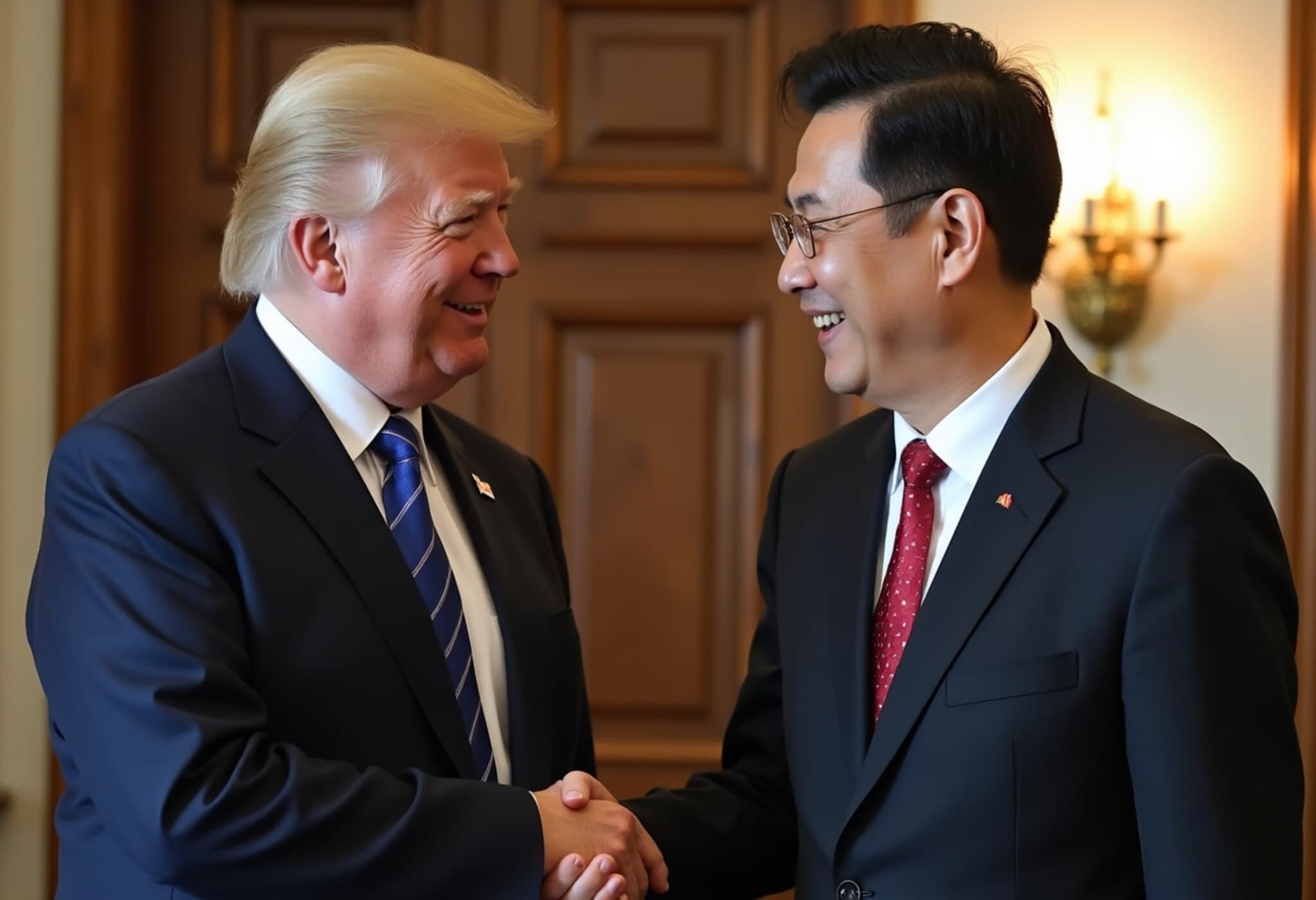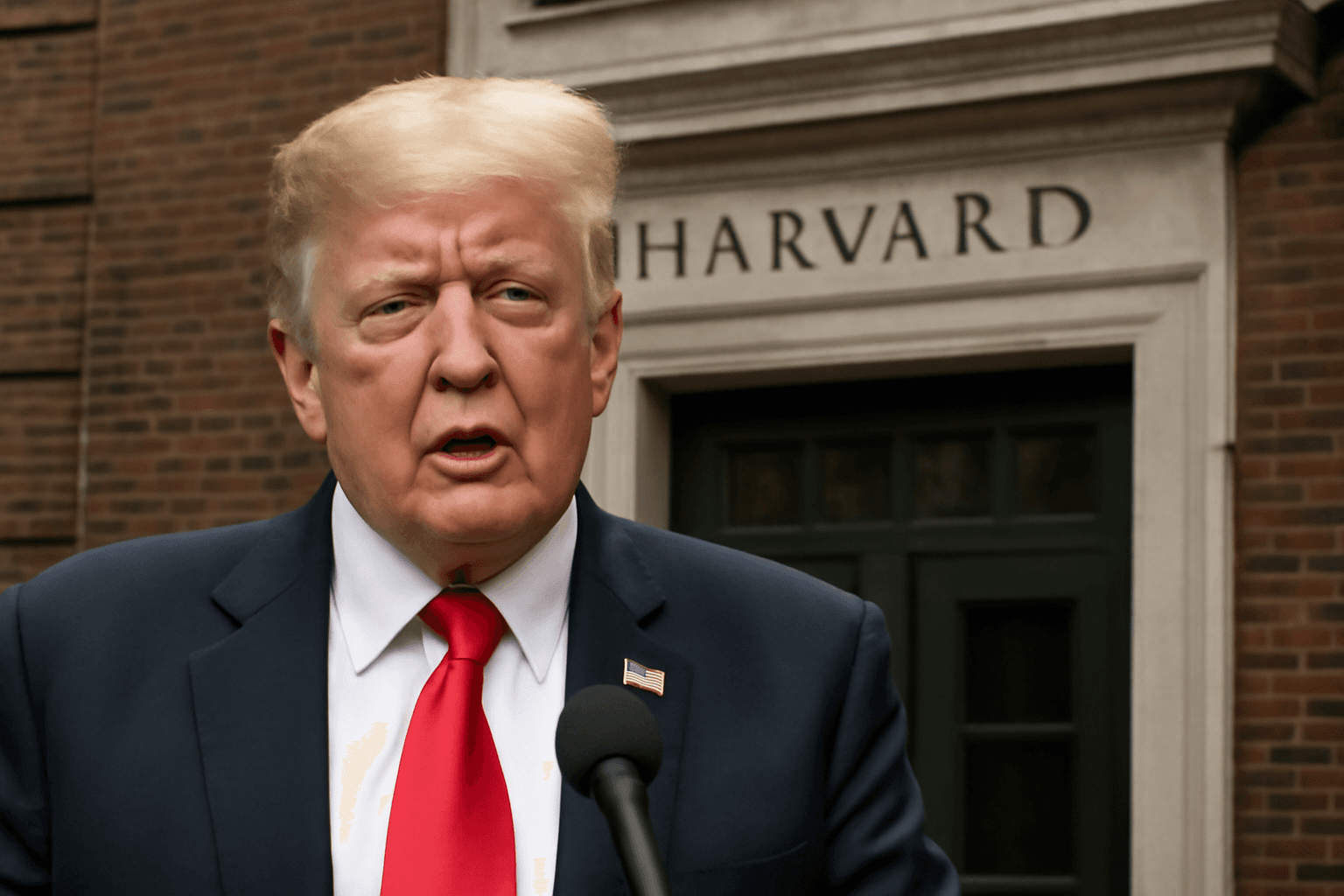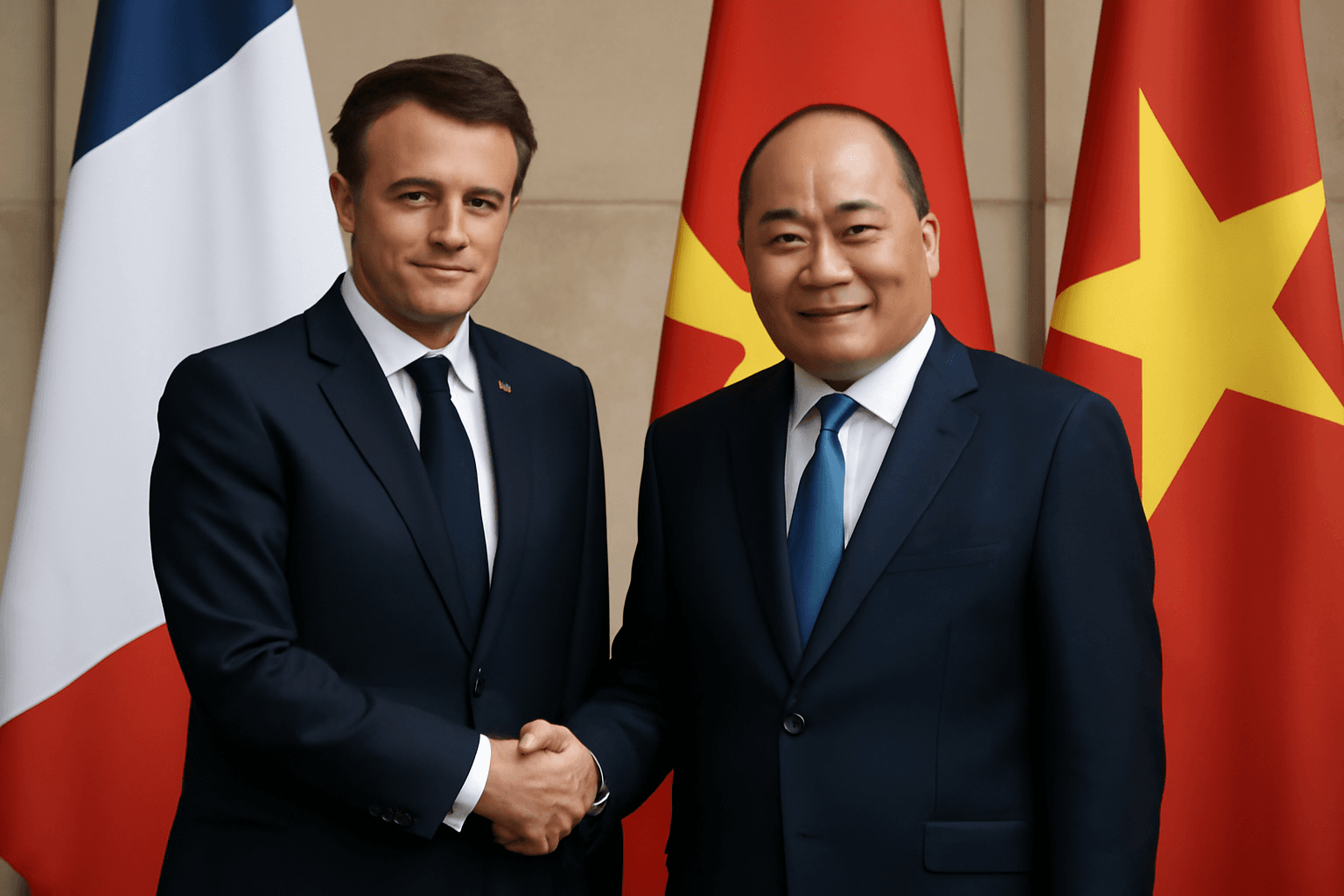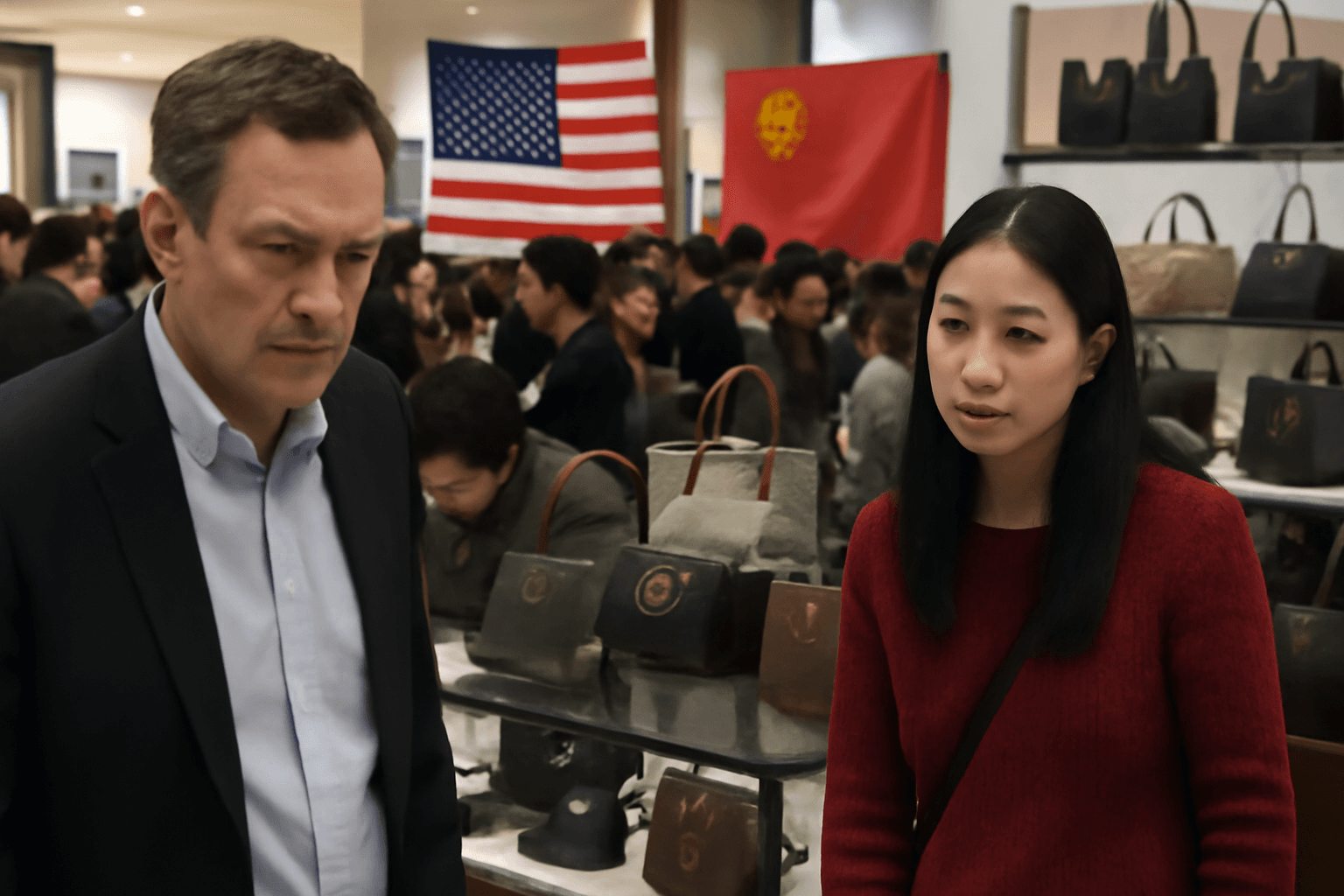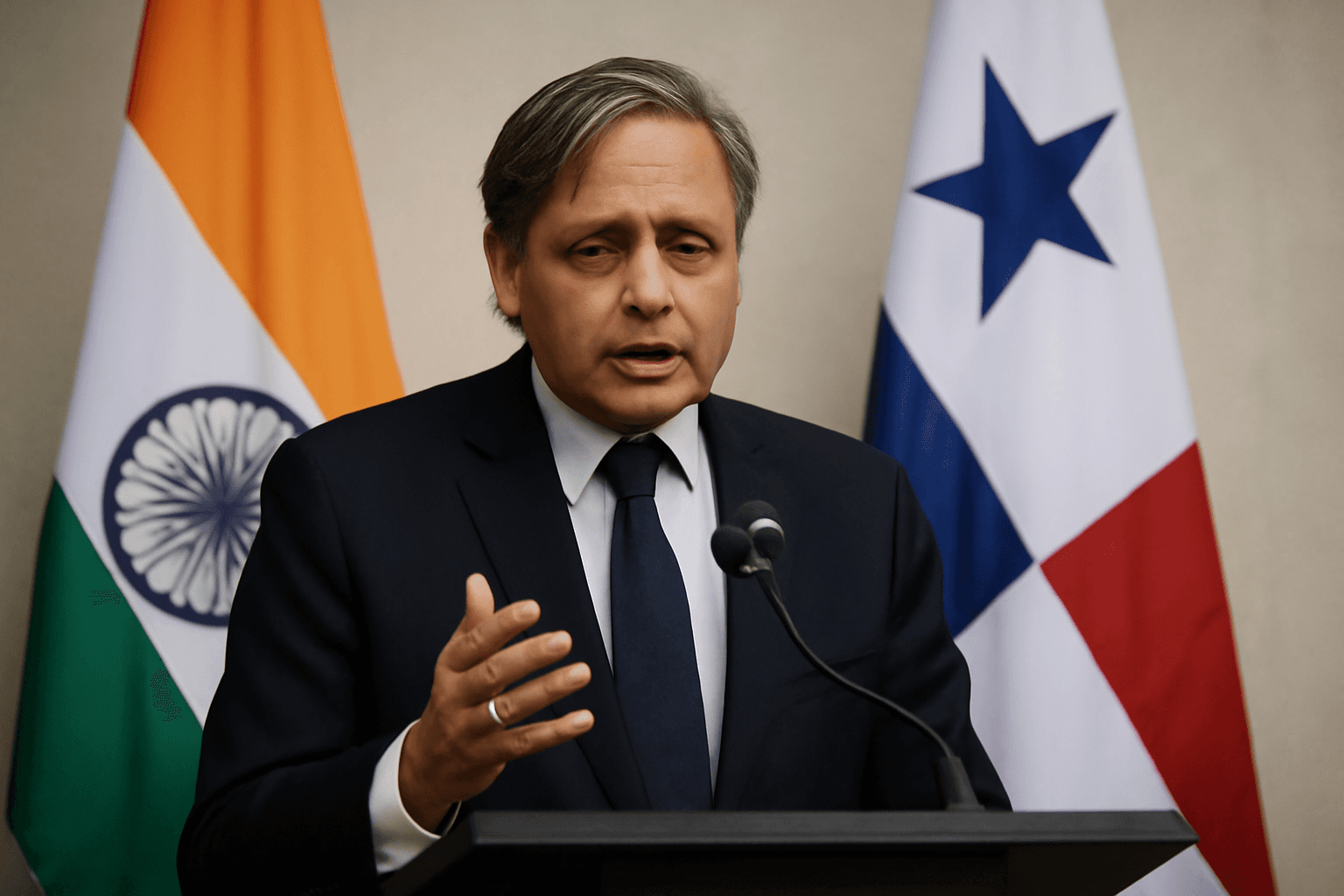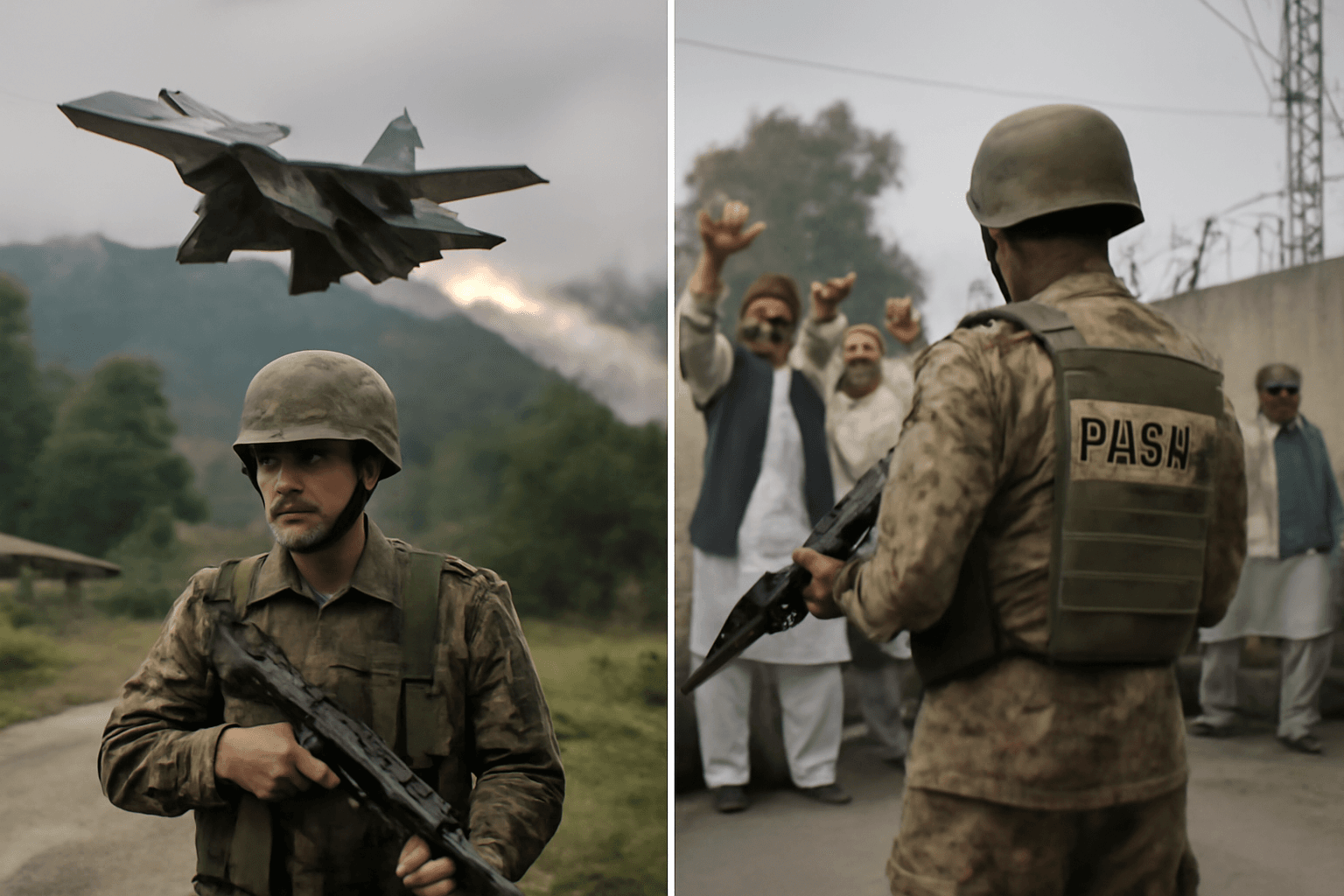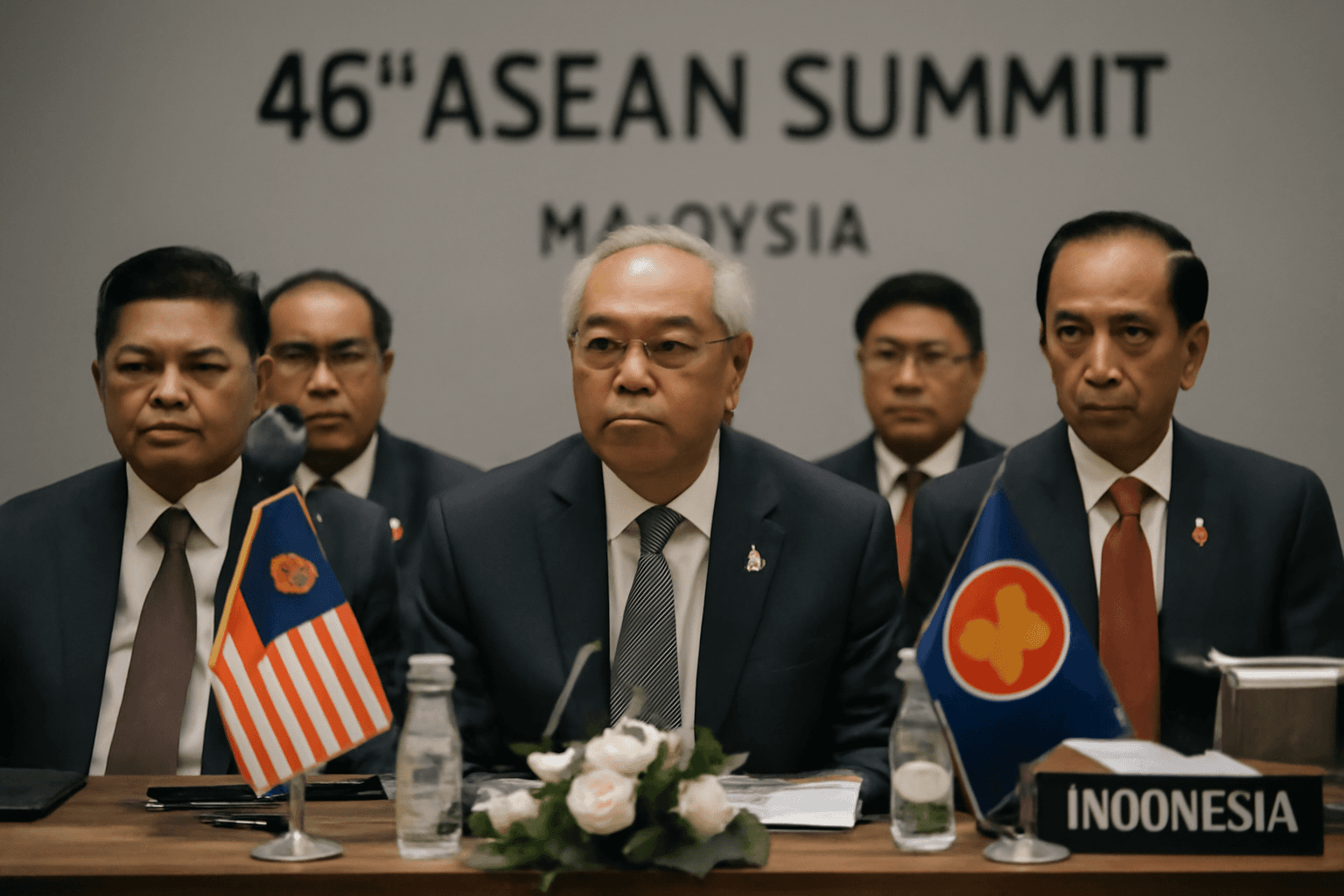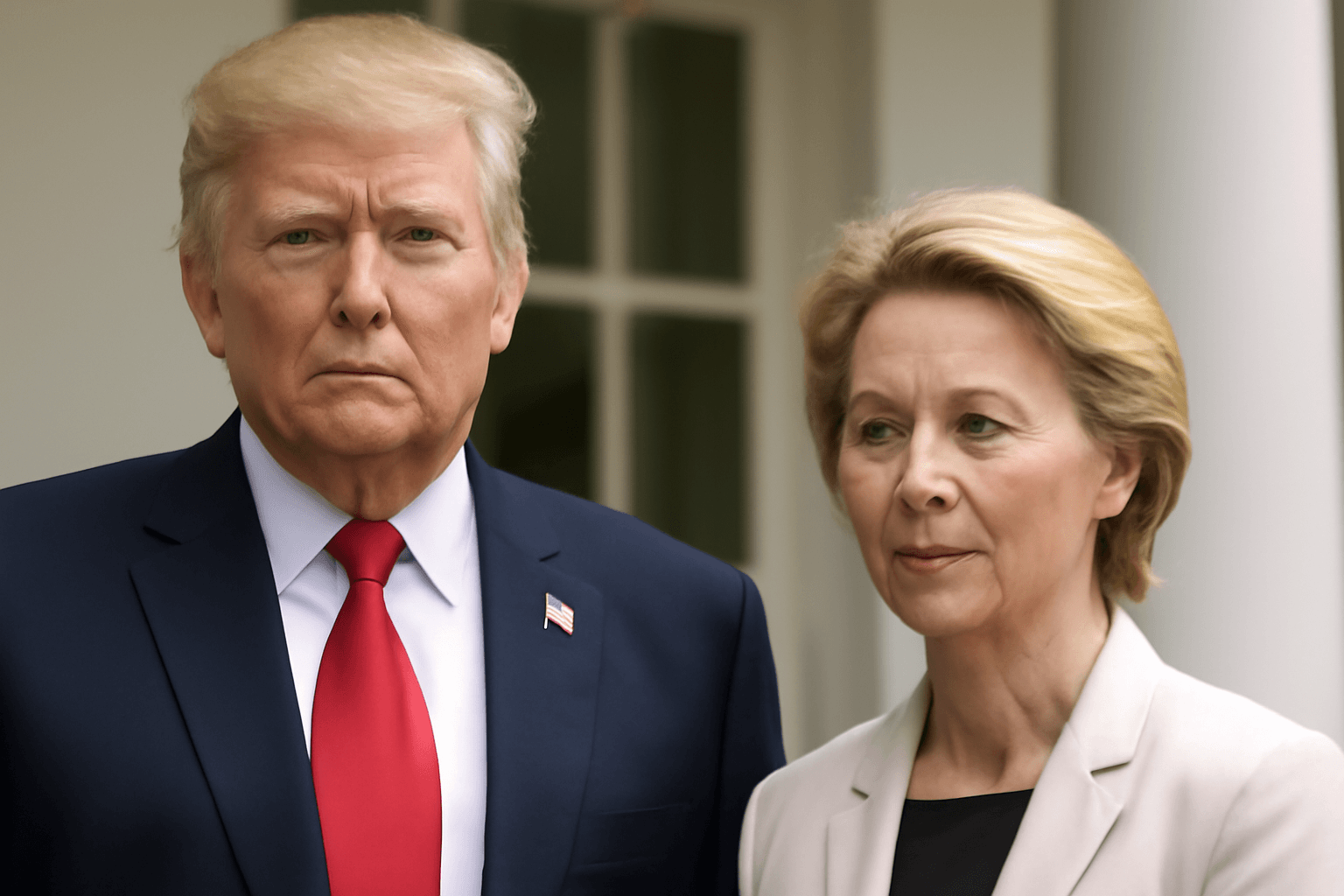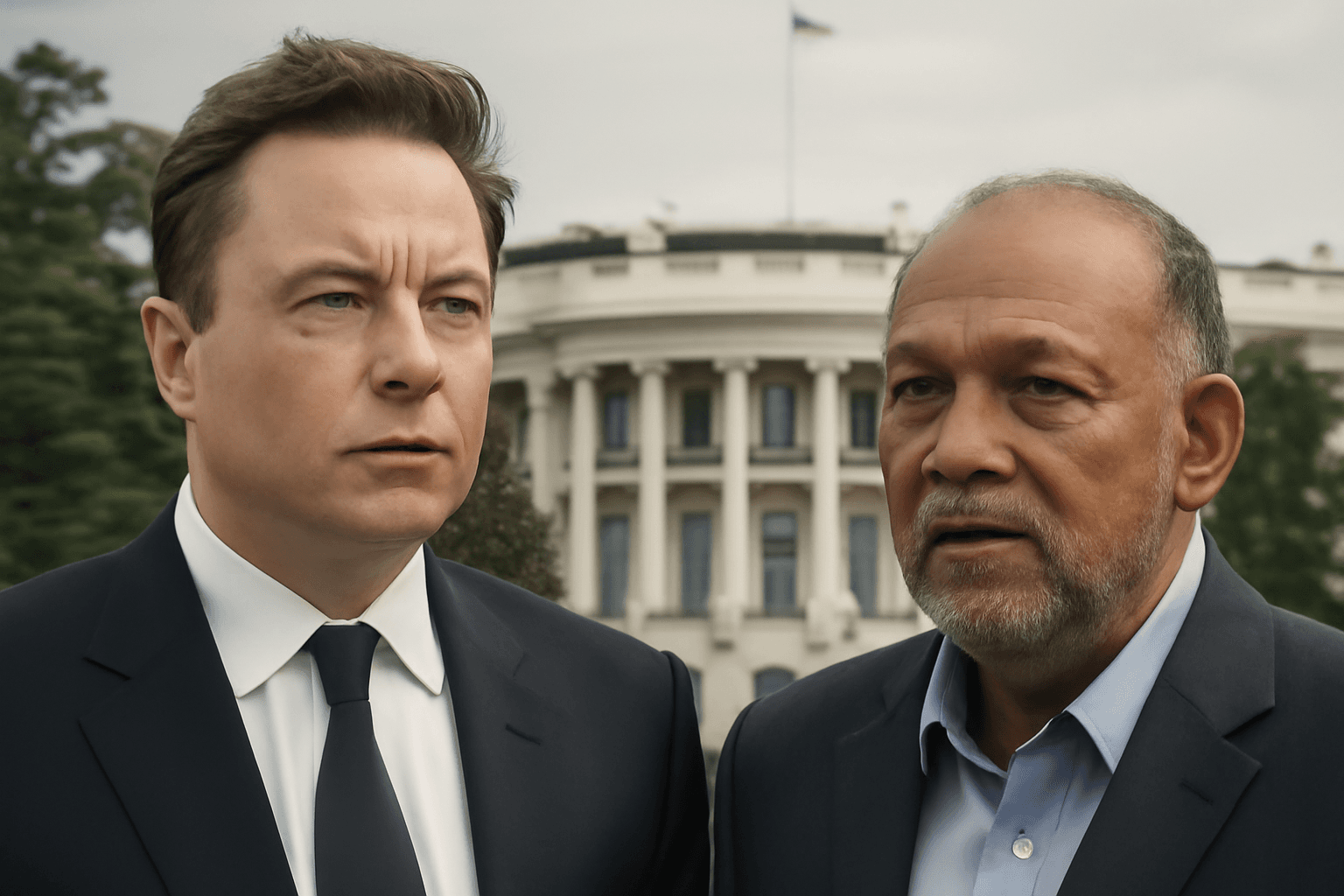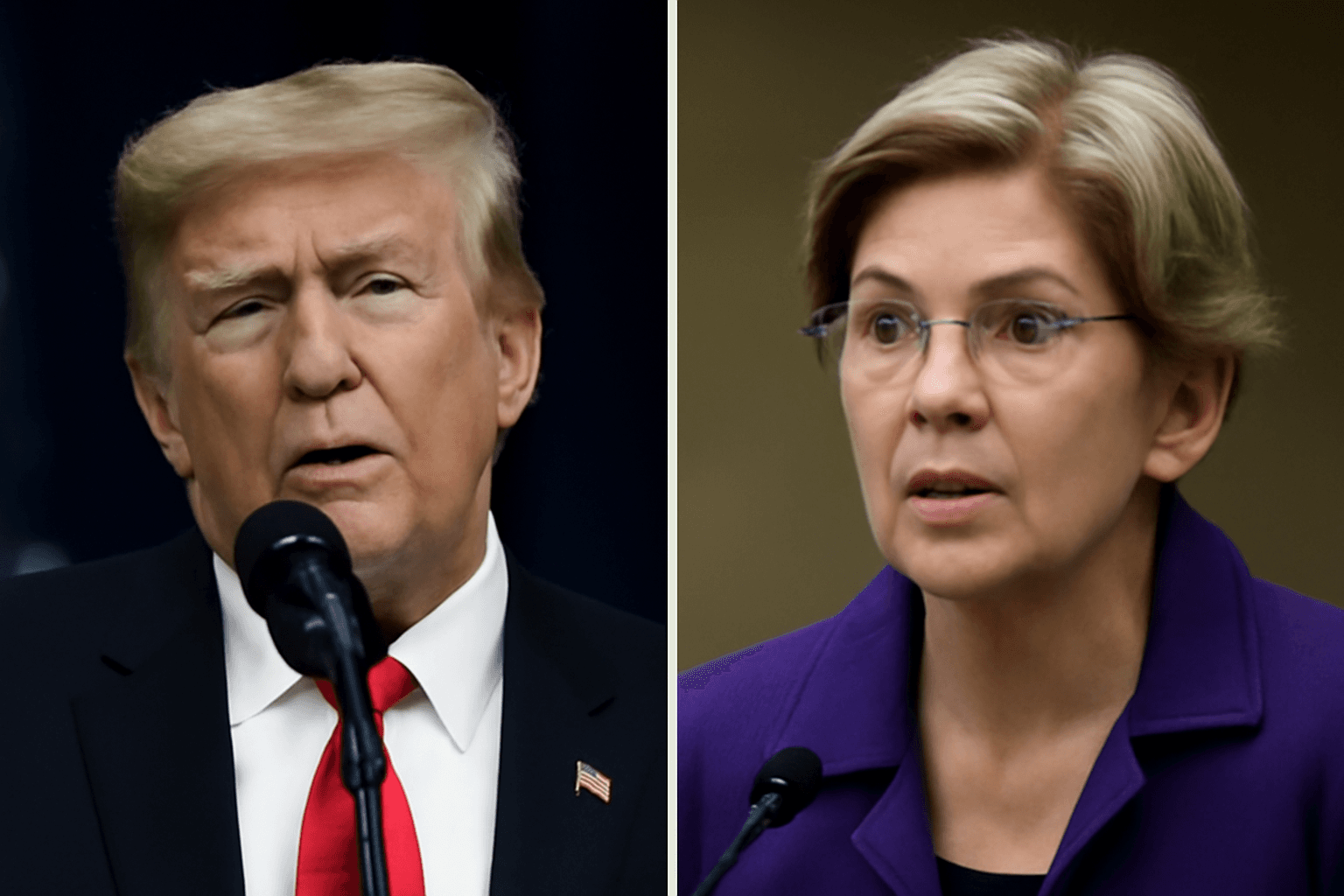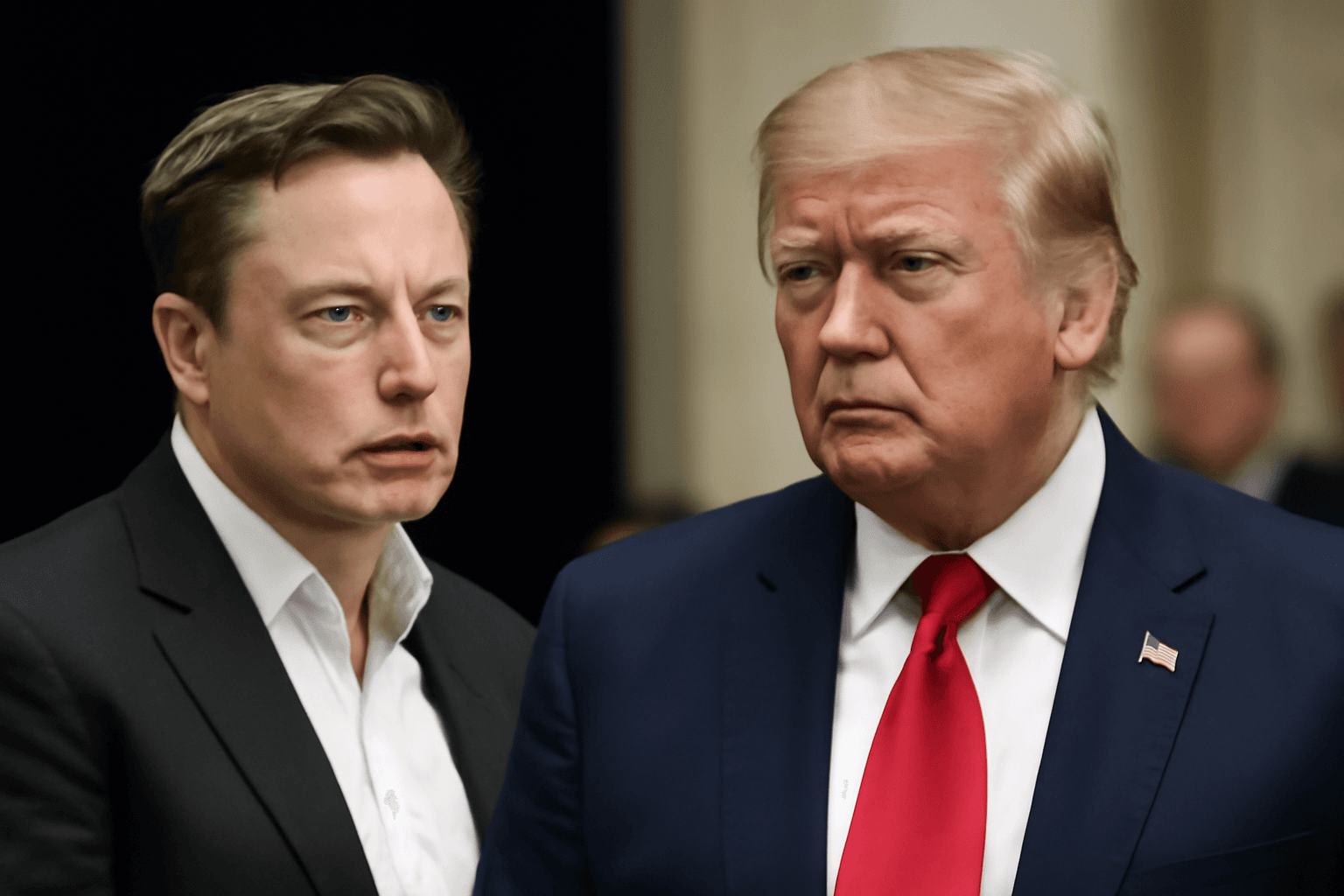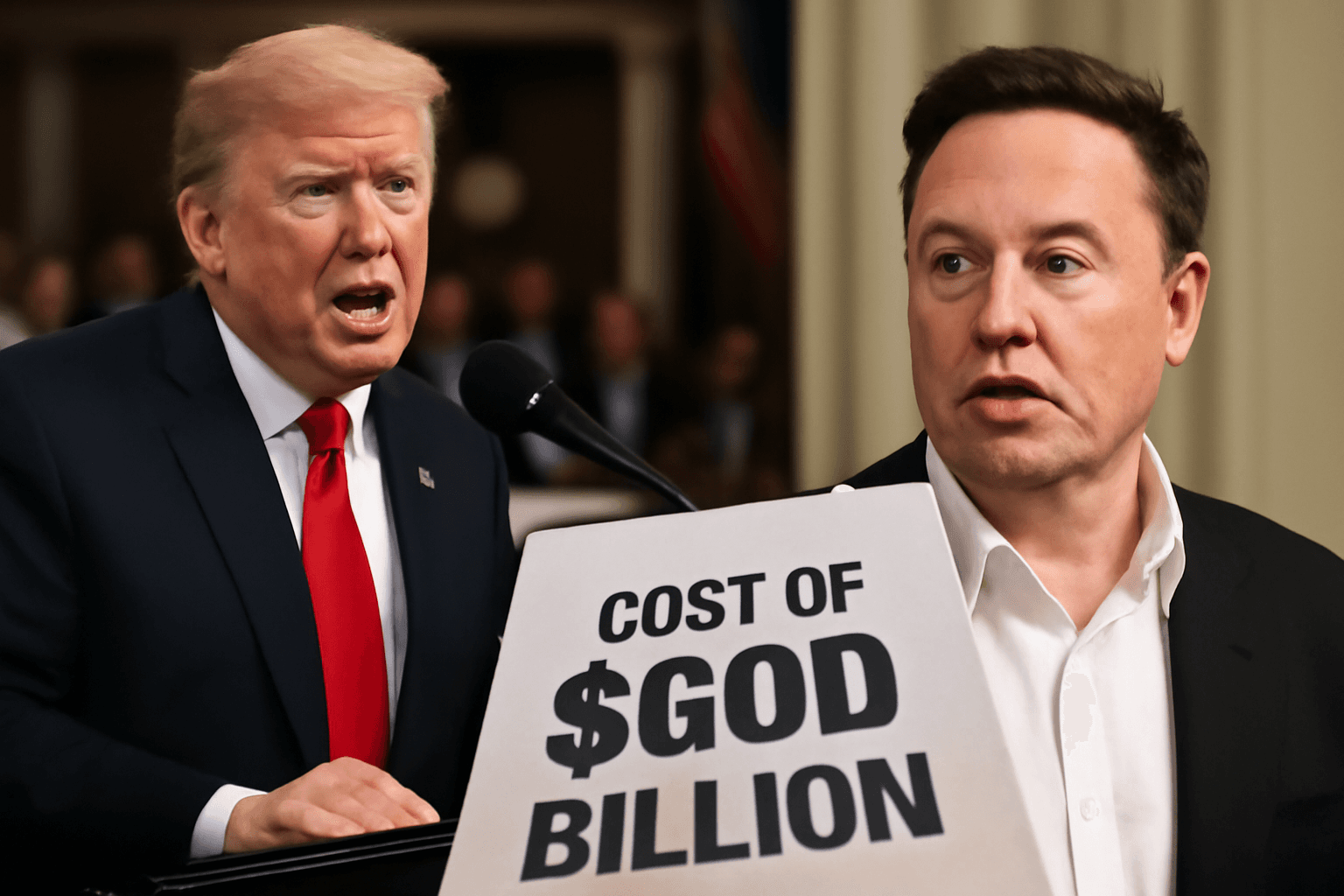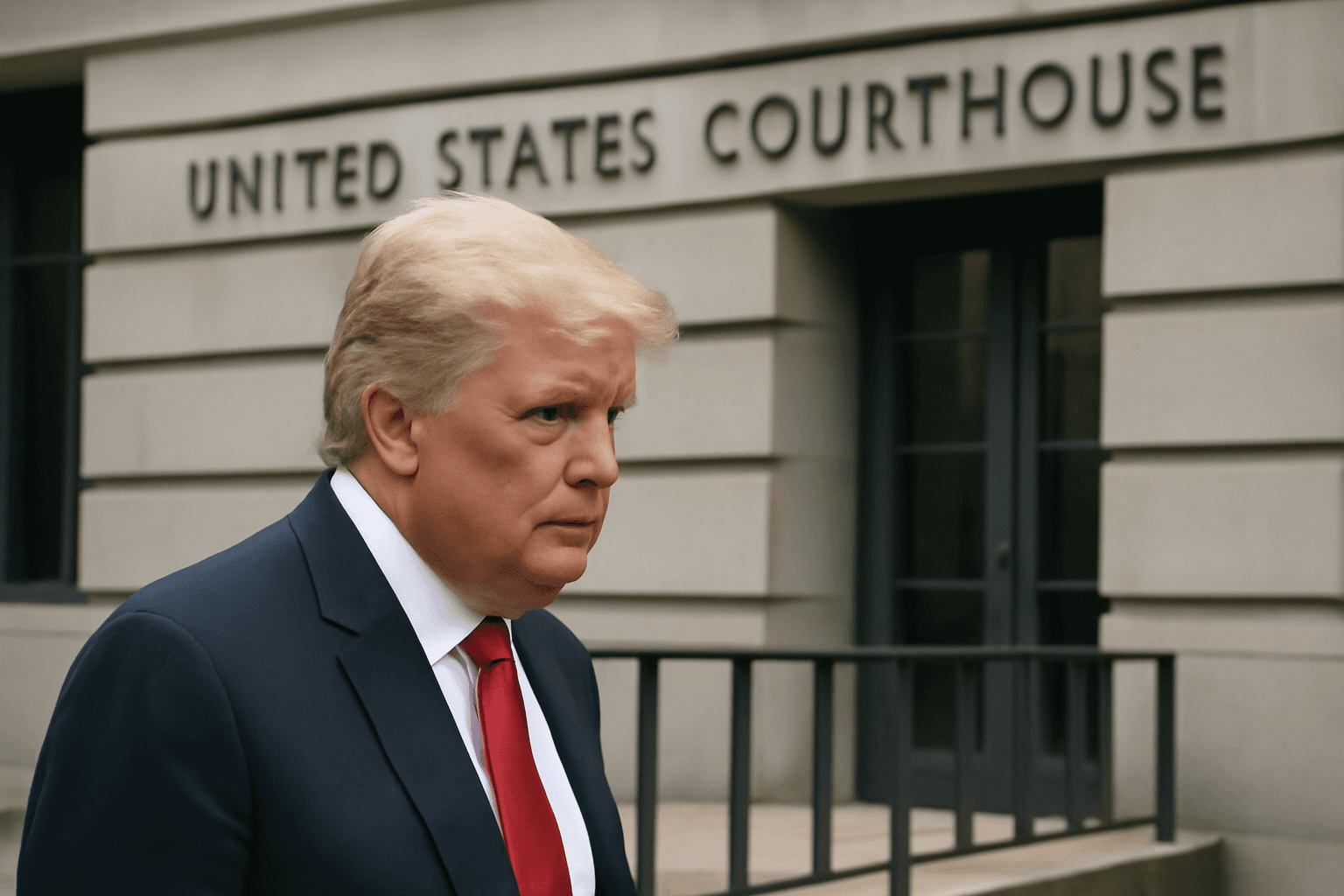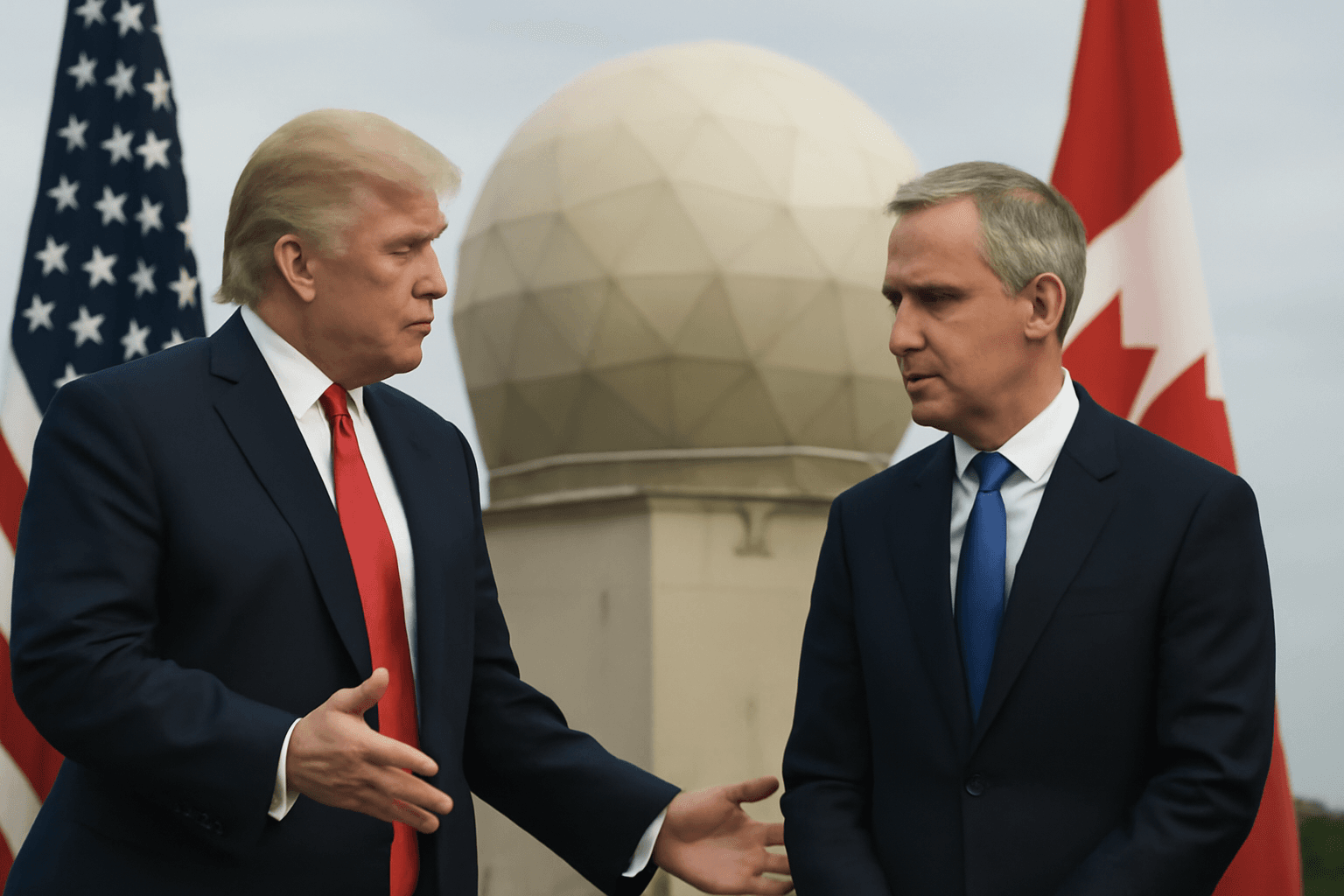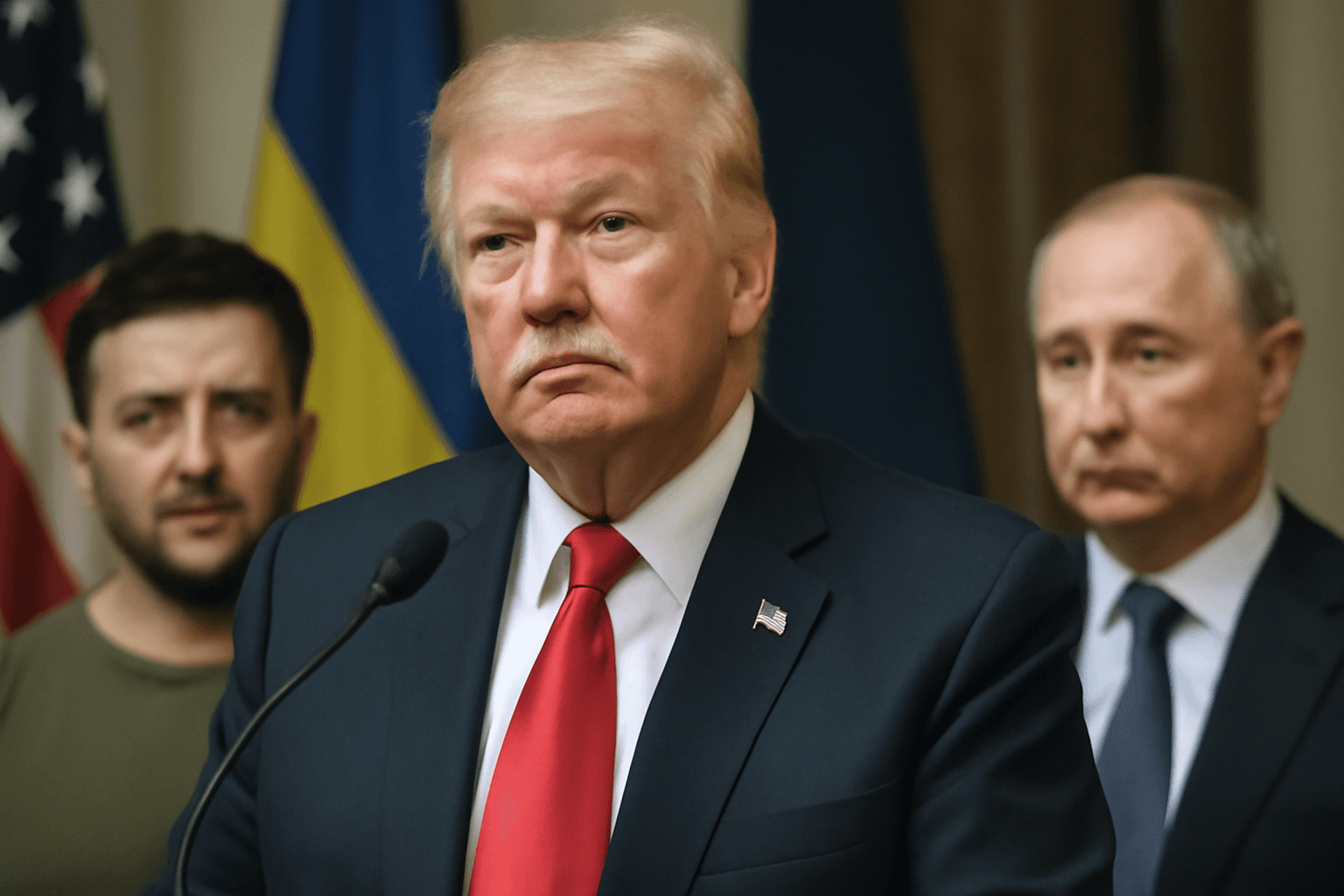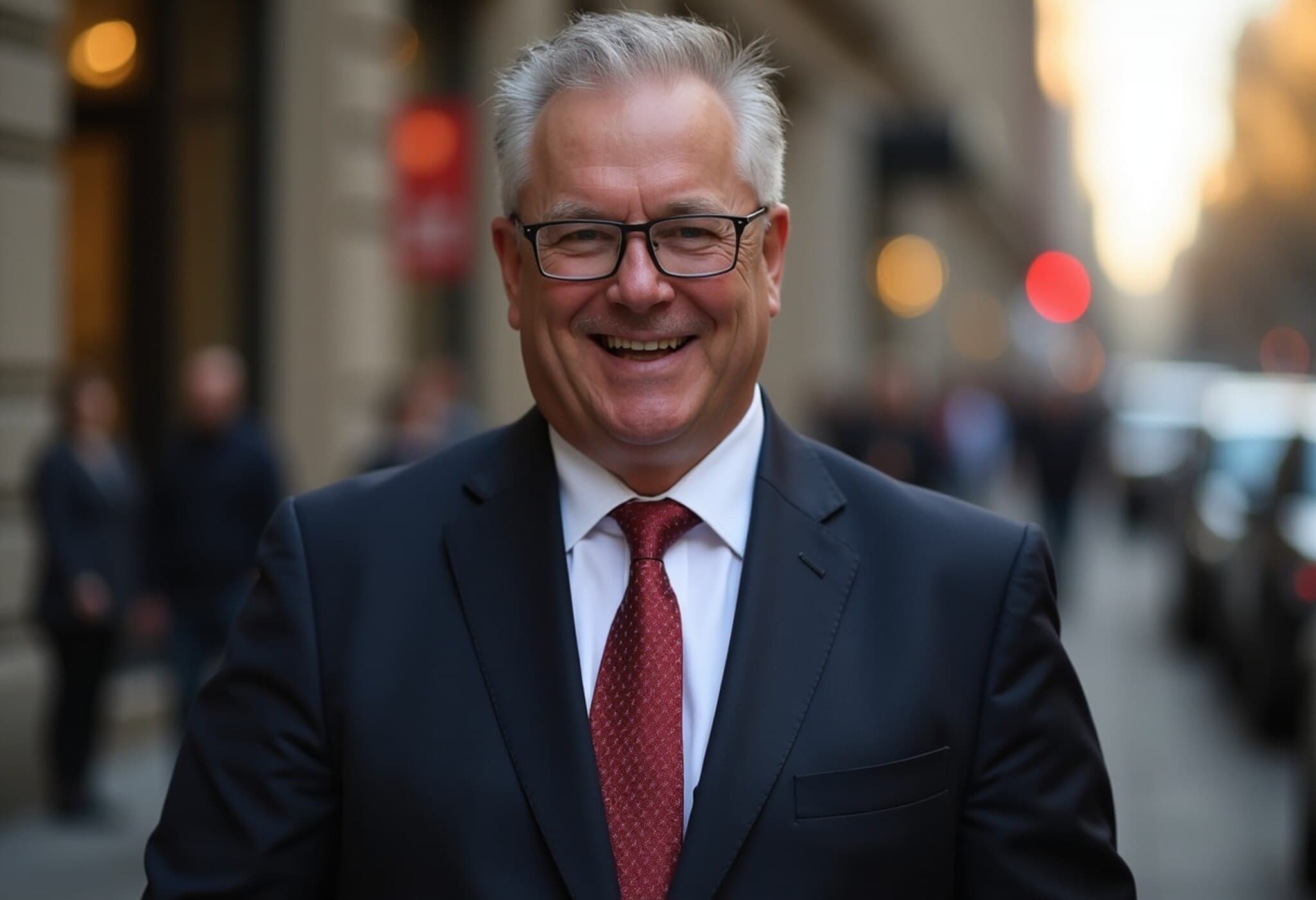Trump Signals Hope for New Summit with Kim Jong Un
On August 26, 2025, former U.S. President Donald Trump expressed optimism about rekindling diplomatic engagement with North Korean leader Kim Jong Un, hinting at a potential meeting later this year. Reflecting on their previous encounters during his first term, Trump praised his unique rapport with Kim, famously describing their relations as ‘better than anybody, almost other than his sister.’
Context of the White House Meeting with South Korean President Lee Jae Myung
Trump’s remarks came ahead of a landmark meeting with South Korea’s newly elected President Lee Jae Myung, who represents a more dovish approach toward the North compared to his hawkish predecessor. The meeting, held at the White House, started on a tense note after Trump publicly criticized recent South Korean government raids on certain religious groups, labeling them a ‘Purge or Revolution.’ However, he quickly retracted this accusation during talks, acknowledging the possibility of a misunderstanding.
Shared Views and Diplomatic Priorities
Despite initial friction, both leaders signaled alignment on the necessity of diplomacy with North Korea. Trump, who has previously met Kim Jong Un three times, highlighted his personal understanding of the North Korean leader's motives and character. “Someday I’ll see him. I look forward to seeing him. He was very good with me,” Trump said, underscoring the personal dimension he believes is critical to diplomacy.
The Legacy and Challenges of U.S.-North Korea Relations
The Trump-Kim meetings, punctuated by unprecedented joint press conferences, temporarily reduced tensions surrounding North Korea’s nuclear ambitions. Nevertheless, these summits did not yield a lasting denuclearization agreement. Present-day geopolitical shifts, including the conflict in Ukraine, have seemingly emboldened Pyongyang, which continues to expand its nuclear arsenal and deepen military ties with Russia.
North Korea’s Nuclear Expansion and Regional Security Risks
President Lee expressed concern over North Korea’s accelerating nuclear weapons program, warning it may soon produce 10 to 20 nuclear warheads annually and develop missiles capable of striking the U.S. mainland. Speaking at the Center for Strategic and International Studies, Lee detailed efforts to ease tensions, such as ceasing hostile propaganda broadcasts along the military border, yet underscored the persistent threat Pyongyang poses to regional and global security.
Lighthearted but Symbolic Comments: ‘Trump Tower’ and Golf in Pyongyang
Injecting a dose of levity amidst serious discussions, President Lee joked about the prospect of a ‘Trump Tower’ in Pyongyang and encouraged Trump to consider playing golf there, citing North Korean propaganda that favorably compared the U.S.-North Korea relationship under Trump to relations with South Korea. Although playful, these remarks highlight the complicated interplay between diplomacy, image-building, and regional power narratives.
U.S.-South Korea Military Relations: Reassessing Base Agreements
Beyond diplomacy with the North, Trump pressed South Korea to reassess the terms surrounding the U.S. military presence, which includes approximately 28,500 troops stationed in the country. Trump indicated he would explore the possibility of the U.S. acquiring ownership of military base lands, moving away from the existing lease arrangements. This proposal could spark resistance among South Korea’s left-leaning factions, historically sensitive to sovereignty issues and U.S. military influence.
Economic and Strategic Dimensions
- Following the talks, Korean Air announced an agreement to purchase over 100 aircraft from Boeing, reflecting broader U.S. efforts to fortify economic ties with allies.
- Trump’s push for greater financial contributions from South Korea aligns with his broader stance on burden-sharing within U.S. alliances.
Addressing Historical Wounds: The ‘Comfort Women’ Issue
Trump also navigated the delicate historical dispute surrounding so-called ‘comfort women’, Korean women forced into sexual slavery during Japan’s colonial rule (1910–1945). Although Lee made a symbolic stop in Tokyo en route to Washington—a gesture lauded by Trump—the topic remains deeply emotional and divisive in South Korea, where many survivors and activists question the sincerity of Japan’s past compensations.
Expert Insight: The Complexity of Diplomacy on the Korean Peninsula
Re-engagement with North Korea demands a nuanced balance between personal diplomacy and broader geopolitical realities. While Trump’s personal rapport with Kim Jong Un introduced unprecedented dialogue avenues, durable peace hinges on addressing North Korea’s nuclear ambitions within a framework that accounts for security guarantees, economic incentives, and regional trust-building.
Simultaneously, South Korea’s internal politics—shifting from conservative to progressive leadership—adds layers of complexity to U.S. alliances and policy coordination. The evolving military, economic, and historical issues underscore the intricate tapestry that defines Northeast Asian diplomacy.
Looking Ahead: Key Questions for Policy and Public Debate
- Can personal diplomacy rekindle substantive nuclear disarmament talks with North Korea amidst growing military posturing?
- How will South Korea’s progressive leadership influence U.S.-ROK military and diplomatic strategies?
- What are the implications of shifting base agreements for regional security and sovereignty?
- How might unresolved historical grievances shape future trilateral relations between the U.S., South Korea, and Japan?
Editor’s Note
Trump’s signaling of a possible new meeting with Kim Jong Un revives memories of a turbulent chapter of U.S.-North Korea relations—combining personal rapport with geopolitical unpredictability. While progress remains elusive, this development opens windows for fresh diplomatic opportunities, even as challenges such as nuclear proliferation and regional tensions persist. The interaction between U.S. leadership, South Korean political shifts, and historical disputes will significantly influence Northeast Asia’s stability in the coming years.

